Christopher Street Liberation Day on June 28, 1970, marked the first anniversary of the Stonewall riots with a march from Sheridan Square to the Sheep Meadow in New York. It was the first Pride march in history. It was a march against inequality and for the rights of the entire community!
Those historic riots and protests created awareness of deep-seated problems and energized people to take action to bring about a substantial change. Back then, the Public Morals Division enforced all laws for vice and gambling, including prostitution, narcotics, and homosexuality. Cops could arrest and even forcefully hospitalize gay people. However, on that evening, the patrons sitting in the Stonewall bar fought back. It all started with a single scream.
When Marsha P. Johnson cried “I got my civil rights!” and threw a shot glass into a mirror, the shot glass was heard around the world. Soon enough, more and more patrons joined the fight, including people from neighbouring bars, and mayhem ensued. Hundreds of people resisted arrest and fought against police oppression.
Thanks to that amazing step taken by the courageous group of individuals present there on that day. The pride month is celebrated to commemorate that month-long struggle!
The modern-day meaning of ‘Pride’, however, is all about promoting equality and teaching people that love is love, in all forms of sexuality as well as celebrating those awesome people who dare to raise their voice for themselves as well as for us. It is specially made so public to invoke the same feeling in the minds of the people who are scared, closeted and afraid — the message for them is to come out and be themselves because they deserve it. They deserve equality, peace of mind, human rights, happiness, freedom, and most importantly, they deserve love!
Pride in India
There are enough things through Indian history that depict that our nation has always had proof of the existence of more than 2 sexes, along with a deep understanding of various different cultures and sexual preferences.
Multiple scriptures and sculptures have believed to have shown evidence of the existence of homosexuality and various amongst them, depict the love and acceptance showed to them— Konark Temples, Mughal Chronicles, Khajuraho, etc, are some examples. The early medieval period also showed various examples of the same acceptance too. The Delhi Sultanate had ‘Khwajasaras’ who were ‘eunuchs’ and their responsibilities were to guard the palace and protect the royal family.In fact, Babur’s Baburnama has a proper description of his infatuation with a teenage boy that he came across in the Bazaar.
It was the hapless year of 1861 that section 377 was established by the British rulers, and the same was followed by various acts that ended up criminalizing homosexual as well as transsexual nature. The year 1992 brought with it, a new leaf. The first protest for gay rights was held and this was followed by the first film adapting the concept of being gay. Another amazing event happened after 7 years of struggle—the first pride parade took place in Kolkata, in 1999.
Also Read: Opening the pathway for Transgenders in India
Even after various years of struggle, the sweet victory of section 377 getting scrapped, was one of the biggest wins for pride in India. The sad fact is that various people still view homosexual males as effeminate, being interested in women’s fashion such as fashion design or hairdressing, and having a circle of friends consisting of heterosexual females.
Lesbians are usually viewed or portrayed as exhibiting masculine traits including having a preference for short haircuts, tattoos, and male attire. Bisexual men and women are often seen as being sexually immoral, manipulative, insincere, or undecided. Some people sadly, even have an illogical fear exposing their children to homosexuals in unsupervised settings, because they believe the children might be molested, raped, or “recruited” to be homosexuals themselves. Gay people have been the target of violence for their sexuality in various cultures throughout Indian history.
Violence against LGBT people continues to occur even today, fuelled by anti-gay rhetoric usually by teenage boys and young men who are very hostile to LGBT people.
The Problem
The LGBTQ community goes through a major case of an identity crisis— individuals face obstacles that may prevent the development of a strong identity and nobody deserves to be treated like this.
This sort of unresolved crisis leaves individuals struggling to “find themselves.” They may go on to seek a negative identity, which may involve crime or drugs or the inability to make defining choices about the future.
The basic strength that should develop during adolescence is fidelity, which emerges from a cohesive ego identity.
Eric Erikson Theory of Identity Crisis
Although a person’s sexual or romantic orientation may not be a source of distress, the social stigma of living as a minority may induce stress or anxiety. This often forces people to land up in therapy. Also, finding a qualified mental health professional having experience and familiarity with the challenges faced by the LGBTQ community can be critical to successful therapy outcomes.
Despite rapidly growing cultural acceptance of diverse sexual and romantic orientations, the oppression, discrimination, and marginalization of LGBTQIA still persist.
Also Read: Is There a Future for Feminism?
Coping with discrimination and oppression, coming out to one’s family, and sorting out an “authentic” sense of self in the face of social expectations and pressures can lead to higher levels of depression, anxiety, and other mental health issues. Research shows that the youth who identify themselves as LGBTQIA are at an increased risk of suicidal ideation and self-harm, particularly as they experience discrimination based on their sexual or gender identity.
Discrimination may take several forms, including: –
• Social rejection
• Verbal and physical bullying
• Sexual assault
• Ignorance
Various repeated episodes of these will likely lead to chronic stress and diminished mental health. The expectation of discrimination may also lead to diminished mental health. LGBTQ adults, too, may be subject to similar forms of harassment, as well as discrimination with regards to housing, employment, education, and even, basic human rights.
The main question here is- Why?
India, the ‘golden bird’ of history, has been known as the country which represents the true meaning of diversity and stands as a true embodiment of democracy. Whether it is food, religion, customs, cultures, traditions, languages, art, literature, or science, our country has always displayed the ability to co-exist while keeping uniqueness and individualism alive.
India is the country that also truly personifies the meaning of beauty, aesthetics, and uniqueness with scenery that covers everything- from lands, mountains, lakes, forests, seas, oceans, deserts, valleys, and even snowy mountain-tops. Then, why can’t we accept each other as people on a very basic level?
Even after the great victory that was achieved with the scrapping of Section 377, why can’t we seem to be able to open our arms to the people who belong to the LGBTQIA category?
Recently, the Centre has constituted the National Council for Transgender Persons to formulate policies, programmes, legislation and projects regarding members of the community for achieving equality and full participation by them. The council was established under the powers conferred by the Transgender Persons (Protection of Rights) Act, 2019. Giving legal space to the concerns of the transgender community is surely a welcome step. But, a long drawn battle to get social space is still impending!
We need to understand that acceptance isn’t shown by changing the names of metro stations, it is proved by providing support to the people who need it. Why can’t we add more boxes in a form that gives us the option between men and women?
Is it that hard to understand the concept of preferred gender pronouns in the country having the highest number of well-qualified and educated people in the world? I don’t think so. Do you?
Disclaimer: The views expressed in this article are of the author solely. TheRise.co.in neither endorses nor is responsible for them.
About the author
Author, poetess and freelance writer

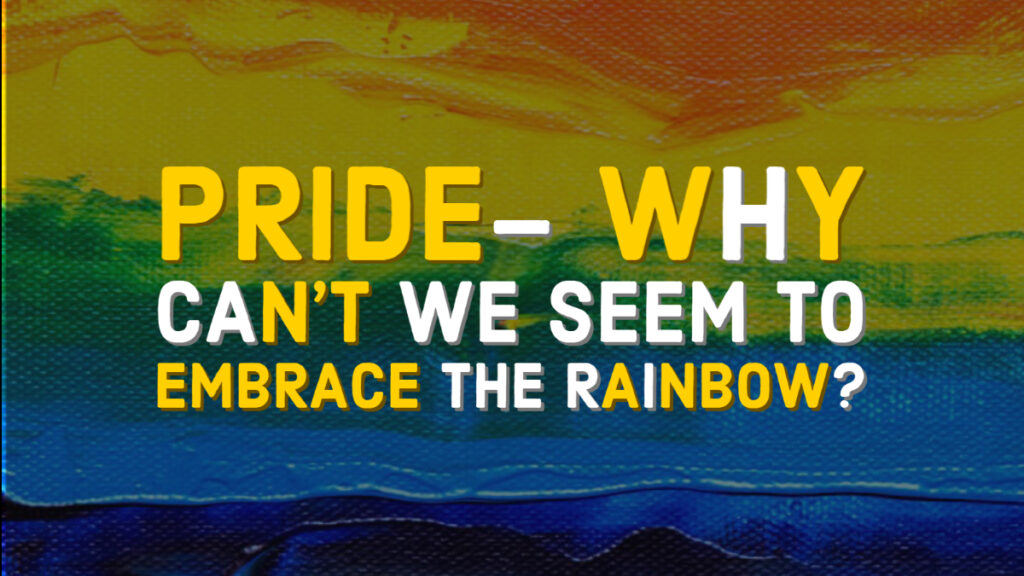



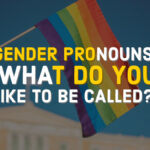
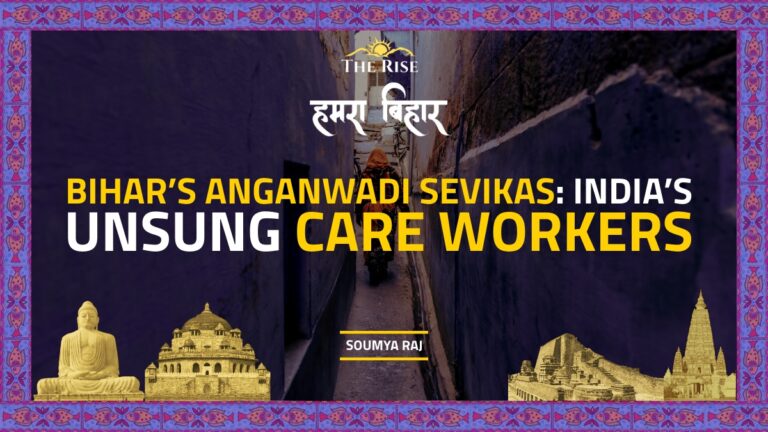
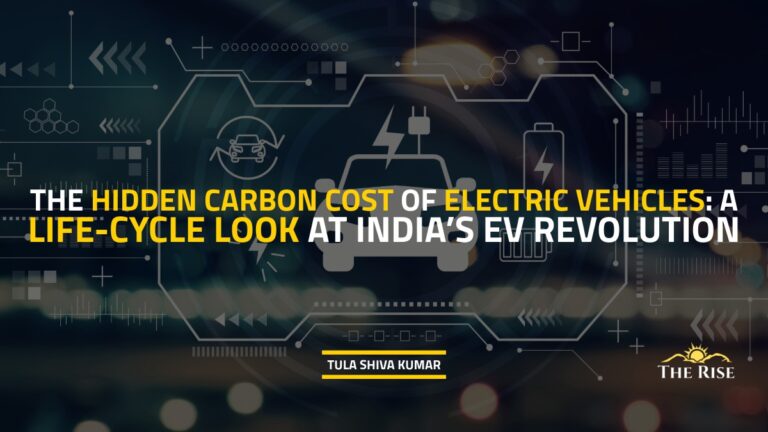
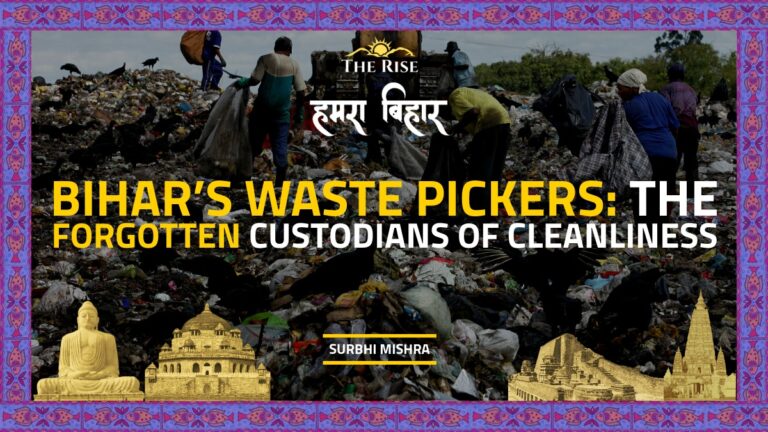
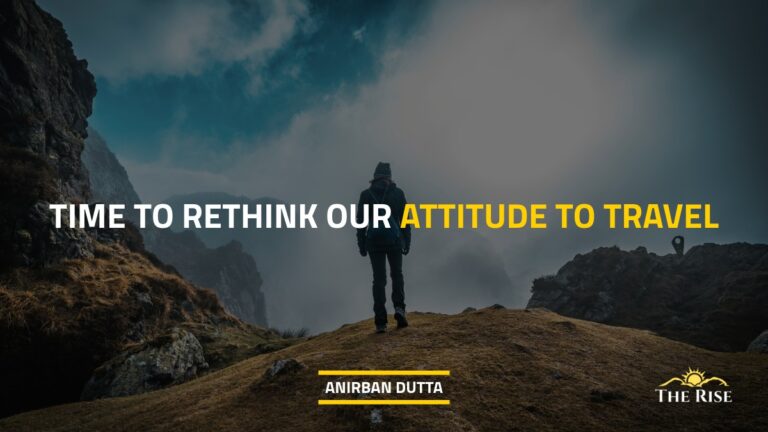
Pingback: Gender Pronouns: What to be called? - TheRise.co.in